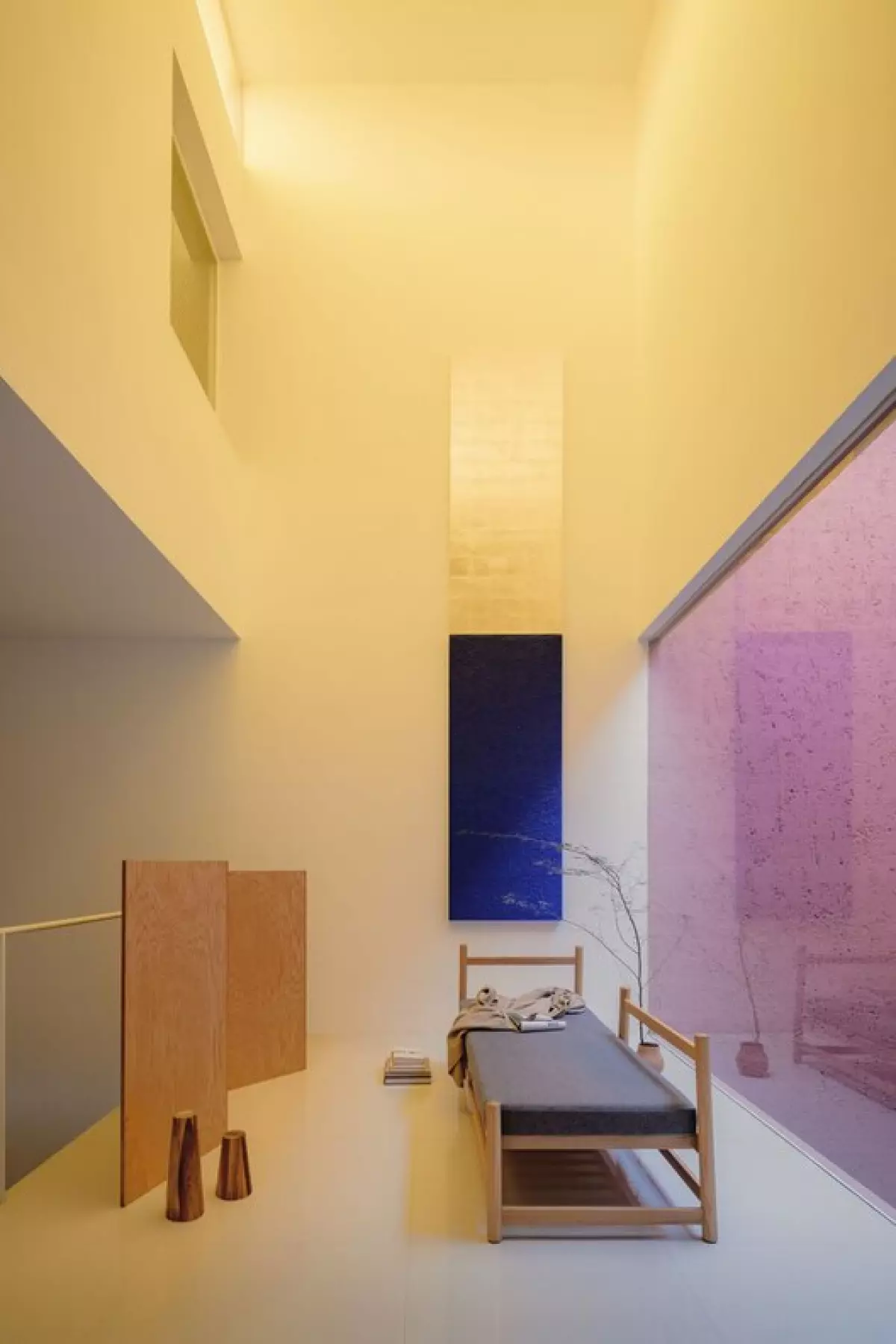
Image Credit: Casa en Tres Ríos / César Béjar Studio
As we reflect on the year 2022 and analyze the most visited articles in our Materials section, it becomes evident that interior design has had a significant impact on our readers. With more time spent indoors, both physically and virtually, the importance and value of interior spaces have become more apparent. The evolution of these spaces, characterized by fluidity, flexibility, and versatility, has emerged as a significant trend. This trend has been influenced by the lockdowns of the past, which highlighted the importance of buildings that anticipate and take responsibility for their impact on inhabitants. Factors such as orientation, room size and distribution, natural light and ventilation, and overall aesthetics all play crucial roles. Technological advancements have also disrupted traditional interior design, paving the way for innovative approaches to domestic efficiency and circularity.
Space and Operation: Small Gestures for a Better Life
Envisioning a sustainable and smart future, current trends are focused on "living layout" designs that maximize and enhance the use of space. These designs create customizable, changeable spaces that allow for dynamic layouts and a user-centered approach. By integrating traditionally separated areas and employing integrated and self-standing furniture, architects can create spatially-conscious buildings.
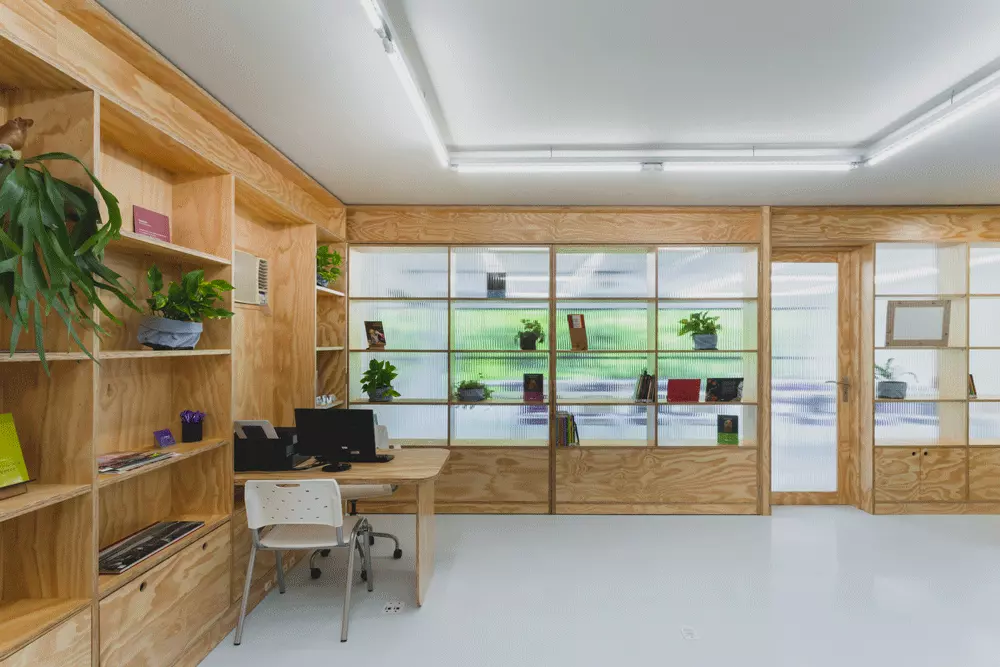
"From daily arrangements to repurposing and updating existing buildings, simple, yet high-impact gestures adapt spaces to life and not the other way around."
Complementing architectural operations, the organization of elements within a space is essential for determining the flow of movement. Buildings should utilize both integrated and self-standing furniture to create spatially-conscious designs.
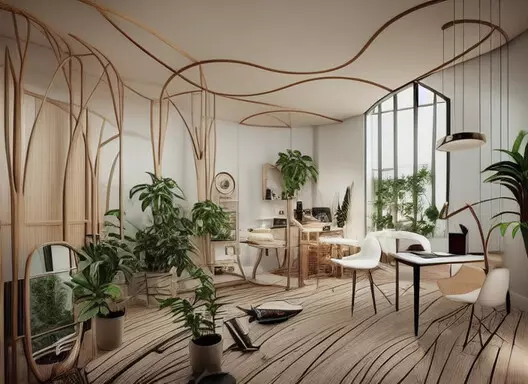

Technological innovations such as robotics, artificial intelligence, and automated processes are revolutionizing interior design. Virtual tools, such as holographic projections, are altering the spatial experience of environments, allowing for customizable scenarios. Home automation enables efficient use of lighting resources, creating the illusion of larger, more open spaces.

Space and Aesthetics: The Modernized Return of Rusticity
After years of unprecedented changes, our desires for living spaces have shifted. We now seek functional, appealing interiors that foster a sense of calm and harmony with the outdoors. There has been a renewed appreciation for "modernized rusticity," which emphasizes tradition, local materials, natural light, and a connection to our surroundings.

"Traditional organic materials have been updated in ways that optimize performance and sustainability without losing their ruggedness, natural beauty, and intrinsic biophilic qualities."
Materials such as cross-laminated timber and engineered bamboo have gained popularity due to their sustainable characteristics. The beauty of materials' natural life cycle, including oxidized copper, weathered stone, and untreated wood, has also been rediscovered. Additionally, new technologies allow architects to design with meaning, incorporating texture, color, and ornaments to create personalized spaces.
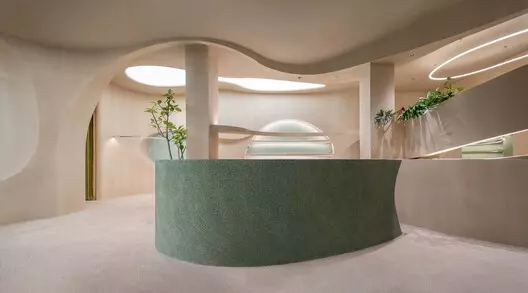

The future of aesthetics lies in transformable, modular, and greener interiors that merge nature with technology. VR and AR tools will create immersive experiences, biophilic design will evolve into living surfaces that support plant growth, and programmable materials will adapt to users' needs. Alongside artificial intelligence and data-driven design, architects will have the ability to create more personalized and sustainable solutions.

Space and Energy: Powering Everyday Life Efficiently
Viewing buildings as living organisms is not a new concept, but circularity adds a layer of complexity and consistency. With a circular urban metabolism, resources are conserved, waste is minimized, and energy is used efficiently. Interior spaces must optimize energy consumption while also reducing waste.

"Unlike in the past, energy can be generated decentrally - through sun, wind, earth, and water - and no longer requires large power plants or public infrastructure."
The use of renewable energy sources, such as photovoltaic systems and small-scale wind turbines, is becoming more affordable. Additionally, optimizing a building's metabolism through low-energy systems, appropriate materials, and green infrastructure reduces energy consumption and improves indoor air quality.
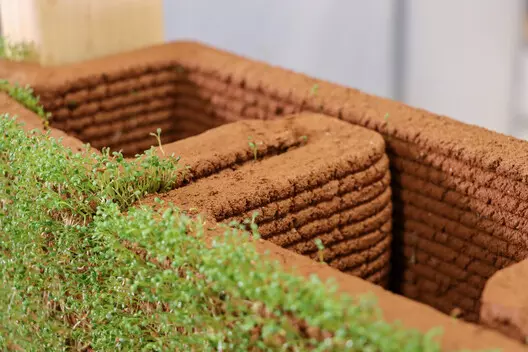
In the coming years, cities and indoor spaces will face significant challenges, such as societal changes and the climate crisis. Circular design principles will be key in creating a more sustainable future. As technology continues to advance, the integration of robotics and automation will revolutionize the way we live and interact with our environment. At the same time, the biophilic design trend will strengthen our connection to nature.

Image Credit: Bollbacken Cottage / Söderberg Söderberg
While the limits of artificial intelligence, robotics, and other emerging technologies remain uncertain, one thing is clear: nature, technology, and well-being will shape our future. By studying and appreciating the natural world, we can create innovative and sustainable designs that benefit both individuals and the planet.
This article is part of the ArchDaily Topics: Year in Review presented by Randers Tegl.
"When creating unique architecture, visionary ideas aren't always enough. A unique look demands character, courage, and distinctive materials. And a format to achieve the extraordinary. At Randers Tegl, we aim to add a unique touch to exceptional brickworks by bringing premium bricks to life and into the world of architecture. Making the impossible possible. We are proud to be a part of unique architecture worldwide since 1911."
At ArchDaily, we explore in-depth topics every month through articles, interviews, news, and projects. Learn more about our ArchDaily topics and feel free to contribute your own articles or projects by contacting us.

















